Laser devices are widely used in physiotherapy, rehabilitation, and the field of pain management.
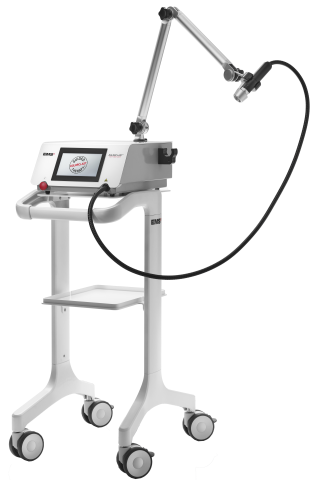
Laser therapy can be applied for:
Superficial or deep MSK indications
1st choice to address acute inflammation and immediate relief from joint or muscle pain
Stimulating local vascular functionality (to relax muscles and to reduce inflammation, oedema, and painful symptoms)
Promoting cellular metabolism (stimulating tissue repair processes and functional recovery)
What are the benefits of laser therapy?
Musculoskeletal injuries are described by patients as highly painful, especially in their acute phase. Unfortunately opioid medication or sedative are still too often prescribed despite the risk of adverse events. To avoid any addictive form of pain management, EMS has developed the DolorClast® High Power Laser to offer a non-invasive, effective yet safe solution to patients suffering from acute phase or those having a low-tolerance threshold of pain.
Shed light to blind pain & regenerate:
No opioids
No sedatives
No pain
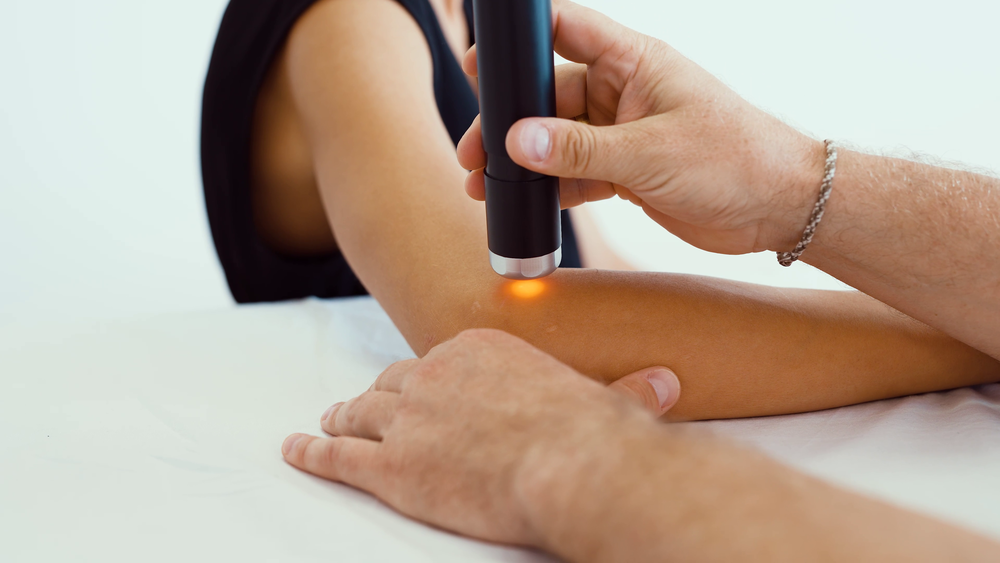
What is the best wavelength for laser therapy?
Wavelengths comprised between 650nm and 1350 nm are known as the “therapeutic window”. Within this frame, wavelengths penetrate deep in the tissues as they are not much absorbed by water, blood and melanin and can therefore trigger biological mechanisms.
Within the therapeutic window, 905nm wavelength has been specifically chosen for the DolorClast® High Power Laser for its ability to be less absorbed by water (and therefore oedema often characteristic of acute inflammation), blood and melanin.
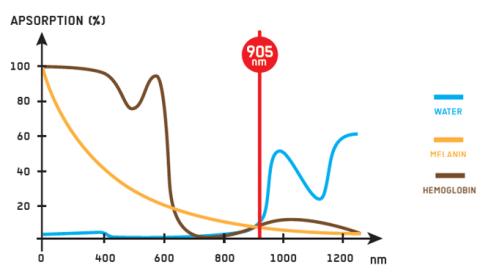
Product Features
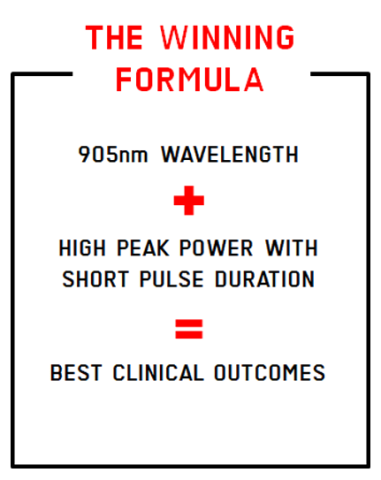
Clinical researches1 show that therapeutic effects of laser light on pain reduction and inflammation, characteristic of acute phase of musculoskeletal pathologies, are linked to a specific wavelength: 905 nm.
In order to reach exceptional treatment outcomes on deep MSK disorders, the penetration depth of the 905nm laser light is maximized thanks to a high peak power (300W).
For tissue safety, this amount of energy needs to be delivered to the tissues wisely. A high peak power coupled with short pulse duration guarantee in-depth penetration and tissue safety.
1 Mezawa et al., 1988 / Bjordal et al., 2006
How does the DolorClast® High Power Laser work?
300 Watts Peak power
Pulsed laser delivers bursts of emission. The higher the power peak is, the deeper the laser light can reach tissues.
1.35 Watts average Power
The amount of power
delivered over time
5 to 80 Kilo Herz frequency
The amount of pulses per second. Changing the frequency changes the overall amount of energy delivered during 1s due to pulses being delivered more (or less) frequently
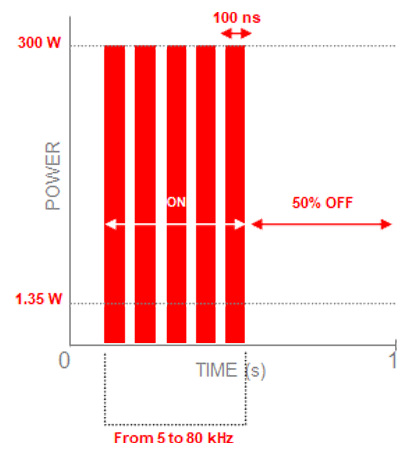
100 nanoseconds pulse duration
The time measured across a pulse. Changing the pulse duration changes the amount of energy delivered per pulse. A high exposure time of tissue, meaning a high pulse duration, may generate safety issues.
50% Modulation
The percentage of time the laser is on / off. Changing the % of modulation changes the overall amount of energy delivered due to the laser being on or off.
TECHNICAL FEATURES
GN MED SRL, Imola, Italy
FT-245
905 nm
300W
375W
100 ns
1.35W
5 kHz - 10 kHz, with 1 kHz steps
10 Khz -80 kHz, with 2 Khz steps
100% up to 40 kHz
75% from 42 to 60 kHz
40% from 62 to 80 kHz
1 m
What's in the box
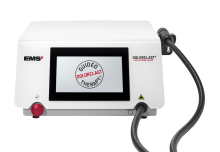
1 Console
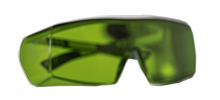
2 Safety Glasses

2 Spare F1.6AL Fuses, 5x20mm
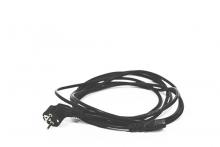
1 Power Cord
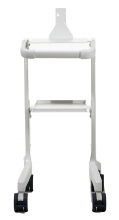
1 Cart
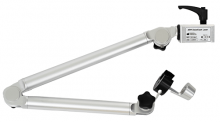
1 Cart Arm*
(*optional add on)
